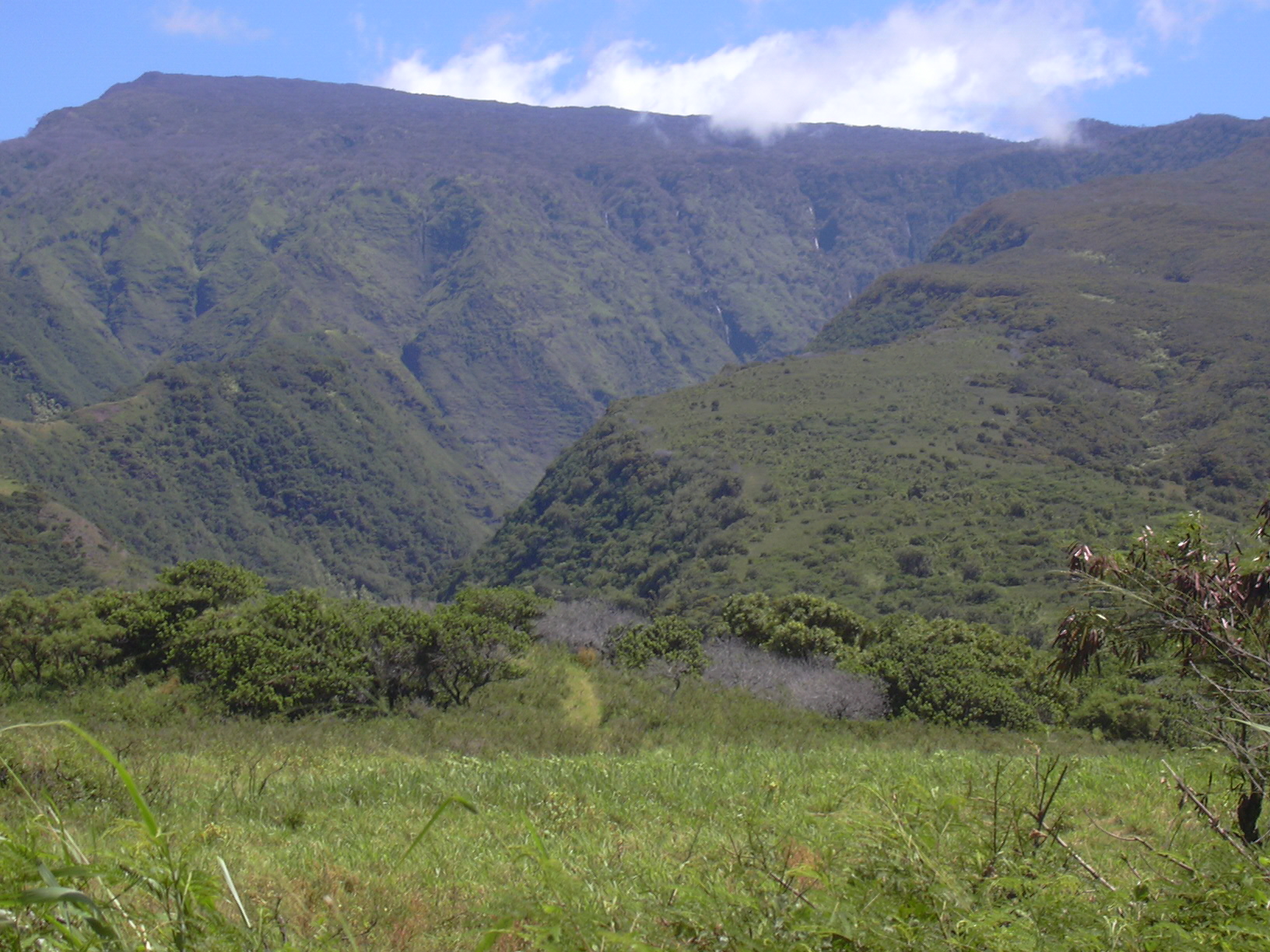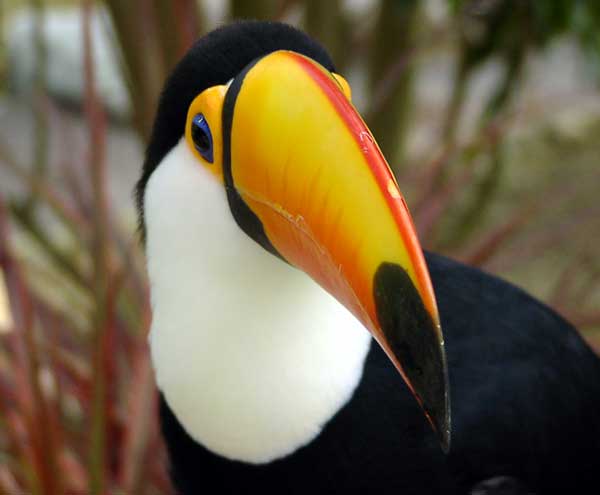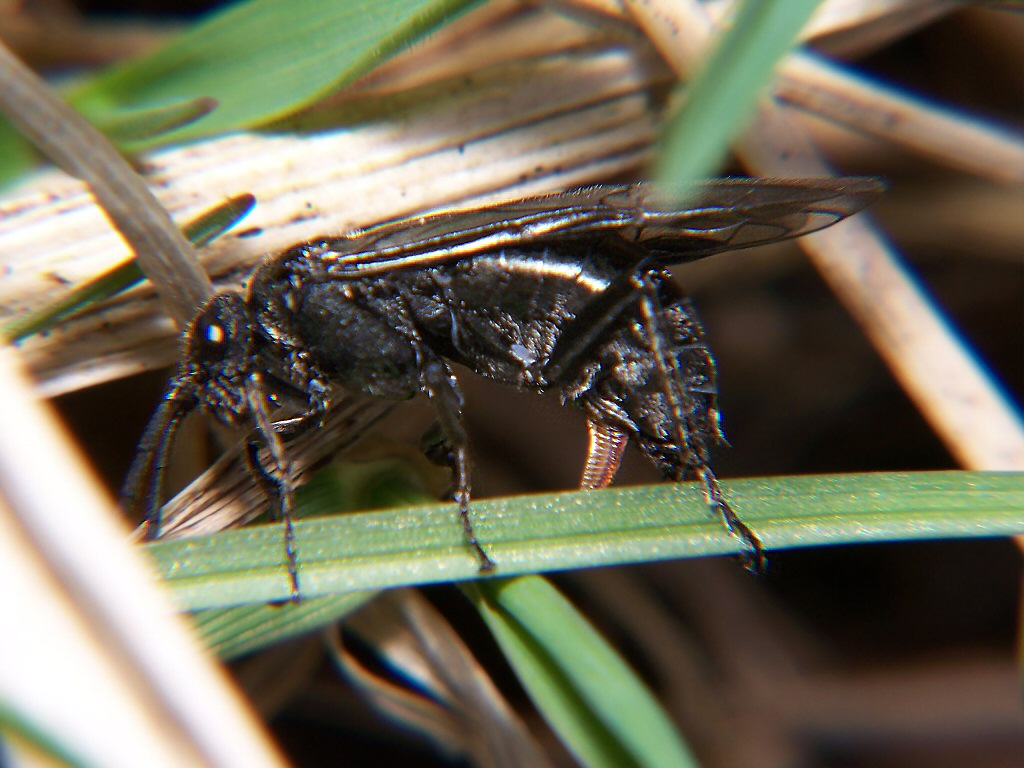|
Strawberry Guava
''Psidium cattleyanum'' (World Plants: ''Psidium cattleianum''), commonly known as Cattley guava, strawberry guava or cherry guava, is a small tree ( tall) in the Myrtaceae (myrtle) family. The species is named in honour of English horticulturist William Cattley. Its genus name ''Psidium'' comes from the Latin ''psidion'', or "armlet." The red-fruited variety, ''P. cattleyanum var. cattleyanum'', is commonly known as purple guava, red cattley guava, red strawberry guava and red cherry guava. The yellow-fruited variety, ''P. cattleyanum var. littorale'' is variously known as yellow cattley guava, yellow strawberry guava, yellow cherry guava, lemon guava and in Hawaii as ''waiawī''. Although ''P. cattleyanum'' has select economic uses,US Forest Service. (2016). Strawberry Guava: Not All Green Is Good. Pacific Southwest Research Station. it is considered the most invasive plant in Hawaii.Lowe S., Browne M., Boudjelas S., De Poorter M. (2000) ''100 of the World’s Worst Invasive ... [...More Info...] [...Related Items...] OR: [Wikipedia] [Google] [Baidu] |
Ugni Molinae
''Ugni molinae'', commonly known as Chilean guava berry, or strawberry myrtle, is a shrub native to Chile and adjacent regions of southern Argentina. The local Spanish name is ''murta'', and the Mapuche Indigenous people of the Americas, Native American name is ''"uñi"''. It is in the same botanical Family (biology), family as the guava, in Myrtaceae. The fruit is sometimes marketed as "Ugniberry", as "New Zealand cranberry" in New Zealand, and the name "Tazziberry" has been trademarked in Australia, but it is not a native plant to these countries. Description ''Ugni'' is a shrub from 30 cm to 170 cm tall with evergreen foliage. In some exceptional cases, the shrub can grow up to 3 m in height. The leaf, leaves are opposite, oval, 1–2 cm long and 1-1.5 cm broad, entire, glossy dark green, with a spicy scent if crushed. The flowers are drooping, 1 cm diameter with four or five white or pale pink petals and numerous short stamens; the fruit is a small ... [...More Info...] [...Related Items...] OR: [Wikipedia] [Google] [Baidu] |
Feral Pig
A feral pig is a domestic pig The pig (''Sus domesticus''), also called swine (: swine) or hog, is an omnivorous, domesticated, even-toed, hoofed mammal. It is named the domestic pig when distinguishing it from other members of the genus '' Sus''. Some authorities cons ... which has gone feral, meaning it lives in the wild. The term feral pig has also been applied to wild boars, which can interbreed with domestic pigs. They are found mostly in the Americas and Australia. Razorback and wild hog are sometimes used in the United States in reference to feral pigs or boar–pig hybrids. Definition A feral organism, feral pig is a domestic pig that has escaped or been released into the wild, and is living more or less as a wild animal, or one that is descended from such animals. Zoologists generally exclude from the ''feral'' category animals that, although captive, were genuinely wild before they escaped. Accordingly, Eurasian wild boar, released or escaped into habitats w ... [...More Info...] [...Related Items...] OR: [Wikipedia] [Google] [Baidu] |
Garden Plants Of South America
A garden is a planned space, usually outdoors, set aside for the cultivation, display, and enjoyment of plants and other forms of nature. The single feature identifying even the wildest wild garden is ''control''. The garden can incorporate both natural and artificial materials. Gardens often have design features including statuary, follies, pergolas, trellises, stumperies, dry creek beds, and water features such as fountains, ponds (with or without fish), waterfalls or creeks. Some gardens are for ornamental purposes only, while others also produce food crops, sometimes in separate areas, or sometimes intermixed with the ornamental plants. Food-producing gardens are distinguished from farms by their smaller scale, more labor-intensive methods, and their purpose (enjoyment of a pastime or self-sustenance rather than producing for sale, as in a market garden). Flower gardens combine plants of different heights, colors, textures, and fragrances to create interest and delight ... [...More Info...] [...Related Items...] OR: [Wikipedia] [Google] [Baidu] |
Ornamental Trees
Ornamental plants or ''garden plants'' are plants that are primarily grown for their beauty but also for qualities such as scent or how they shape physical space. Many flowering plants and garden varieties tend to be specially bred cultivars that improve on the original species in qualities such as color, shape, scent, and long-lasting blooms. There are many examples of fine ornamental plants that can provide height, privacy, and beauty for any garden. These ornamental perennial plants have seeds that allow them to reproduce. One of the beauties of ornamental grasses is that they are very versatile and low maintenance. Almost all types of plant have ornamental varieties: trees, shrubs, climbers, grasses, succulents, aquatic plants, herbaceous perennials and annual plants. Non-botanical classifications include houseplants, bedding plants, hedges, plants for cut flowers and ''foliage plants''. The cultivation of ornamental plants comes under floriculture and tree nurseries, wh ... [...More Info...] [...Related Items...] OR: [Wikipedia] [Google] [Baidu] |
Flora Of Brazil
The wildlife of Brazil comprises all naturally occurring animals, plants, and fungus, fungi in the South American country. Home to 60% of the Amazon Rainforest, which accounts for approximately one-tenth of all species in the world, Brazil is considered to have the greatest biodiversity of any country on the planet. It has the most known species of plants (60,000), freshwater fish (3,000), Amphibian, amphibians (1,188), Snake, snakes (430), Insect, insects (90,000) and mammals (775). It also ranks third on the list of countries with the most bird species (1,971) and the third with the most reptile species (848). The number of fungal species is unknown (+3,300 species).Da Silva, M. and D.W. Minter. 1995. ''Fungi from Brazil recorded by Batista and Co-workers''. Mycological Papers 169. CABI, Wallingford, UK. 585 pp. Approximately two-thirds of all species worldwide are found in tropical areas, often coinciding with developing cou ... [...More Info...] [...Related Items...] OR: [Wikipedia] [Google] [Baidu] |
Psidium
''Psidium'' is a genus of trees and shrubs in the family Myrtaceae. It is native to warmer parts of the Western Hemisphere (Mexico, Central and South America, the West Indies the Galápagos islands). Many of the species bear edible fruits, and for this reason several are cultivated commercially. The most popularly cultivated species is the common guava, ''Psidium guajava.'' Taxonomy This genus was described first by Linnaeus in 1753. Fossils are known from the Paleogene The Paleogene Period ( ; also spelled Palaeogene or Palæogene) is a geologic period and system that spans 43 million years from the end of the Cretaceous Period Ma (million years ago) to the beginning of the Neogene Period Ma. It is the fir ... of Patagonia. Species 78 species are accepted. References External links * * {{Authority control Myrtaceae genera Taxa named by Carl Linnaeus Flora of the Neotropical realm ... [...More Info...] [...Related Items...] OR: [Wikipedia] [Google] [Baidu] |
John Lindley
John Lindley Fellow of the Royal Society, FRS (5 February 1799 – 1 November 1865) was an English botanist, gardener and orchidology, orchidologist. Early years Born in Old Catton, Catton, near Norwich, England, John Lindley was one of four children of George and Mary Lindley. George Lindley was a nurseryman and pomologist and ran a commercial nursery garden. Although he had great horticultural knowledge, the undertaking was not profitable and George lived in a state of indebtedness. As a boy he would assist in the garden and also collected wild flowers he found growing in the Norfolk countryside. Lindley was educated at Norwich School. He would have liked to go to university or to buy a commission in the army but the family could not afford either. He became Belgium, Belgian agent for a London seed merchant in 1815. At this time Lindley became acquainted with the botanist William Jackson Hooker who allowed him to use his botanical library and who introduced him to Sir Joseph ... [...More Info...] [...Related Items...] OR: [Wikipedia] [Google] [Baidu] |
Sawfly
Sawflies are wasp-like insects that are in the suborder Symphyta within the order Hymenoptera, alongside ants, bees, and wasps. The common name comes from the saw-like appearance of the ovipositor, which the females use to cut into the plants where they lay their eggs. The name is associated especially with the Tenthredinoidea, by far the largest superfamily in the suborder, with about 7,000 known species; in the entire suborder, there are 8,000 described species in more than 800 genera. Symphyta is paraphyletic, consisting of several basal groups within the order Hymenoptera, each one rooted inside the previous group, ending with the Apocrita which are not sawflies. The primary distinction between sawflies and the Apocrita – the ants, bees, and wasps – is that the adults lack a "wasp waist", and instead have a broad connection between the abdomen and the thorax. Some sawflies are Batesian mimics of wasps and bees, and the ovipositor can be mistaken for a stinger. S ... [...More Info...] [...Related Items...] OR: [Wikipedia] [Google] [Baidu] |
Florida
Florida ( ; ) is a U.S. state, state in the Southeastern United States, Southeastern region of the United States. It borders the Gulf of Mexico to the west, Alabama to the northwest, Georgia (U.S. state), Georgia to the north, the Atlantic Ocean to the east, the Straits of Florida to the south, and The Bahamas to the southeast. About two-thirds of Florida occupies a peninsula between the Gulf of Mexico and the Atlantic Ocean. It has the List of U.S. states by coastline, longest coastline in the contiguous United States, spanning approximately , not including its many barrier islands. It is the only state that borders both the Gulf of Mexico and the Atlantic Ocean. With a population of over 23 million, it is the List of U.S. states and territories by population, third-most populous state in the United States and ranks List of states and territories of the United States by population density, seventh in population density as of 2020. Florida spans , ranking List of U.S. states ... [...More Info...] [...Related Items...] OR: [Wikipedia] [Google] [Baidu] |
Biological Control
Biological control or biocontrol is a method of controlling pests, whether pest animals such as insects and mites, weeds, or pathogens affecting animals or plants by using other organisms. It relies on predation, parasitism, herbivory, or other natural mechanisms, but typically also involves an active human management role. It can be an important component of integrated pest management (IPM) programs. There are three basic strategies for biological control: classical (importation), where a natural enemy of a pest is introduced in the hope of achieving control; inductive (augmentation), in which a large population of natural enemies are administered for quick pest control; and inoculative (conservation), in which measures are taken to maintain natural enemies through regular reestablishment. Natural enemies of insects play an important part in limiting the densities of potential pests. Biological control agents such as these include predators, parasitoids, pathogens, and co ... [...More Info...] [...Related Items...] OR: [Wikipedia] [Google] [Baidu] |
Tectococcus Ovatus
''Tectococcus ovatus'' (Hemiptera: Eriococcidae), also called the Brazilian Scale, is a scale insect in the family Eriococcidae. It is most widely known for being a potential biological control agent for ''Psidium cattleyanum'' (strawberry guava) in Florida,Wessels, Frank J., James P. Cuda, M. Tracy Johnson and José Henrique Pedrosa-Macedo. 2007Host specificity of Tectococcus ovatus (Hemiptera: Eriococcidae), a potential biological control agent of the invasive strawberry guava, Psidium cattleyanum (Myrtales: Myrtaceae), in Florida. BioControl. Volume 52, Number 4 / August, 2007. and Hawaii Hawaii ( ; ) is an island U.S. state, state of the United States, in the Pacific Ocean about southwest of the U.S. mainland. One of the two Non-contiguous United States, non-contiguous U.S. states (along with Alaska), it is the only sta .... Extensive testing has shown that this species is very host-specific. References Eriococcidae Endemic fauna of Hawaii {{Coccoid ... [...More Info...] [...Related Items...] OR: [Wikipedia] [Google] [Baidu] |
Dasineura
''Dasineura'' is a genus of midges in the family Cecidomyiidae, some of which cause galls on plants such as ''Dasineura crataegi'' on hawthorn (''Crataegus monogyna'') and ''Dasineura fraxinea'' on ash (''Fraxinus excelsior ''Fraxinus excelsior'', known as the ash, or European ash or common ash to distinguish it from other types of ash, is a flowering plant species in the olive family Oleaceae. It is native throughout mainland Europe east to the Caucasus and Alb ...''). See also * List of ''Dasineura'' species File:Larva Dasineura salicifoliae in gall.jpg, Larva of ''Dasineura salicifoliae'' in gall File:Galls Dasineura salicifoliae.jpg, Galls of ''Dasineura salicifoliae'' File:Dasineura tumidosae larvae closeup2.jpg, Larvae of ''Dasineura tumidosae'' File:Dasineura pellex larva.jpg, Larva of ''Dasineura pellex'' File:Dasineura carbonaria larva.jpg, Larva of ''Dasineura carbonaria'' File:Dasineura brassicae adult (24562493456).jpg, ''Dasineura brassicae'', adult File:Ag ... [...More Info...] [...Related Items...] OR: [Wikipedia] [Google] [Baidu] |








